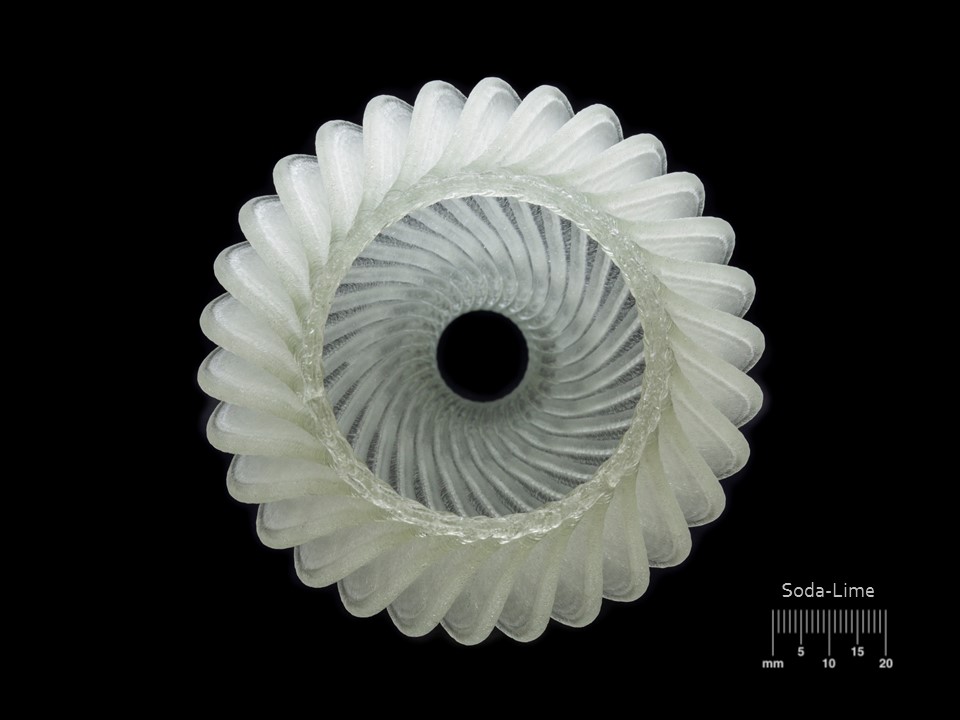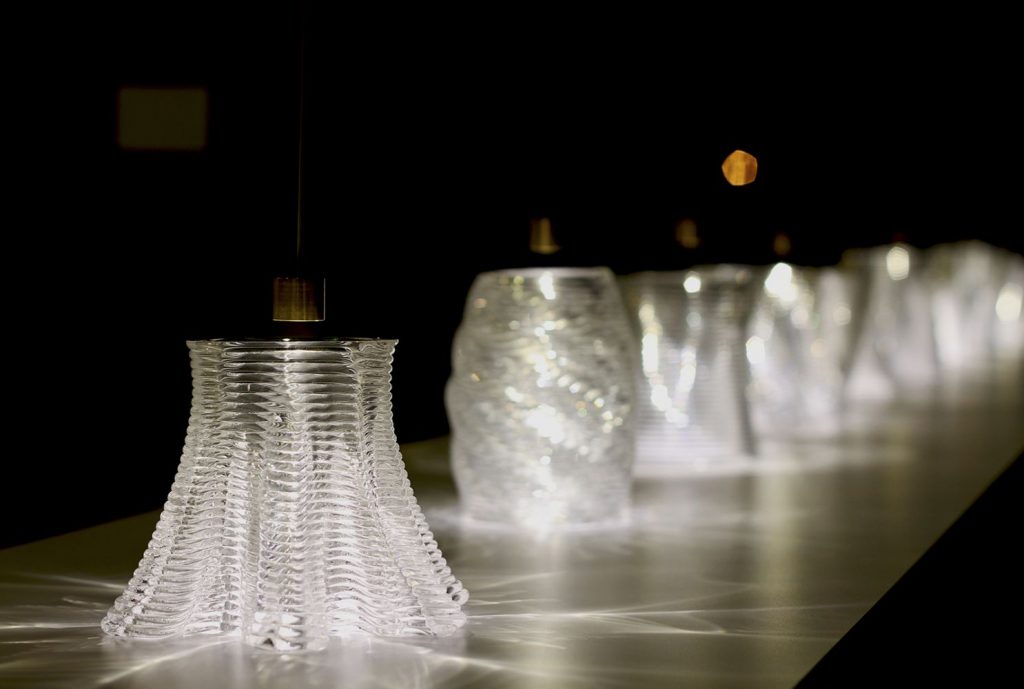Competition to produce the most effective method of 3D glass printing is running high as Israeli Micron3DP announce plans to deliver its 3D printer for alpha testing at the end of 2017.

Technique old as time
With over 5,000 years of history, glassmaking has been refined into countless styles all across the inhabited world. The process, however, even when it comes to naturally occurring obsidian glass, still remains much the same: sand and minerals are combined at high temperatures up to 1500°C, and, in manufacturing at least, it is either blown, e.g. for vases, or floated on top of metal, window panes, and cooled to set into its transparent state.
Competition
Adding 3D printing to the mix changes the traditional rules of glass masking ever so slightly. The technique that Micron3DP, and rivals at MIT have been exploring is FFF layering of molten glass to create objects.
Previously, glass has being 3D printed at a resolution of 4000 microns, producing transparent vases and sculptures with defined, rippled layers to their structure, as in the ‘caustic patterns’ designed by MIT’s Neri Oxman and Mediate Matter group.

Micron3DP’s latest development prints at a much finer layer thickness of 100 microns, producing a more densely packed transparent structure.

Potential uses
An ability to manipulate glass in such a way is bursting with potential. Making something so finely controlled means that the process could be used to make equipment used in laboratories for example. It could also bring that production in-house, so that technicians can get a more proximate finish. Artistic expression could also reach new bounds in experimentation with complex and geometric structures.

The team at Micron 3DP are also currently targeting security, architecture and aerospace industries for possible use cases, encouraging engineers and artists to come forward with their ideas.
Current capabilities
At present, a Micron3DP printer is capable of objects up to 200mm x 200mm x 200 mm in size, about 5mm taller than a typical pint glass, and the same in length and width. The process uses common soda lime glass, used in typical homewares, and the more resistant Borosilicate, which is used in some Pyrex products. What’s amazing is how the glass 3D printer chambers are able to manage the temperature needed to keep the molten glass from cooling too quickly.
Gif image taken from ‘MICRON3DP High Resolution Glass 3D Printing’ by Eran Gal-Or on Youtube.
The printer makes use of Micron’s expertise in full-metal extruders and the combined mechanical engineering experience of CEO Arik Bracha and the rapid prototyping of CTO Eran Gal-Or.
The technology may still be ‘fragile’ for the time being, but with developments expected within the next year it is moving relatively fast. It will also be interesting to see whether MIT will be quick to respond Micron’s latest announcement.
Featured image shows a colored glass ornament printed by Micron3DP. Photo via: Eran Gal-Or



